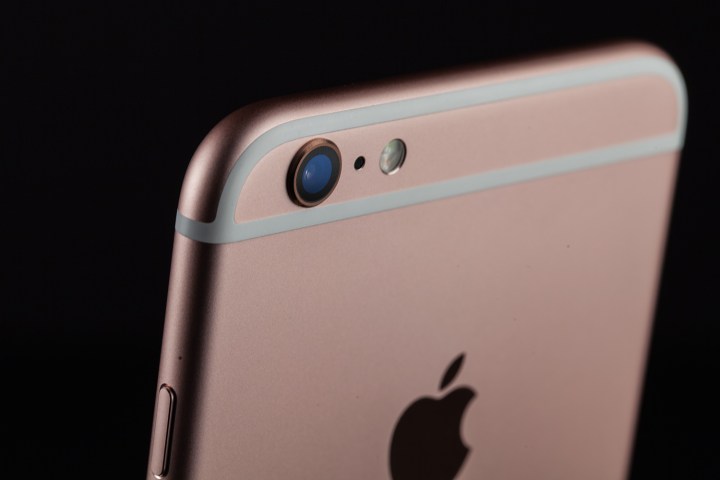
It’s all based upon the detection of an infrared signal. As per the patent’s abstract, “The image processing circuitry can determine whether each image detected by the camera includes an infrared signal with encoded data. If the image processing circuitry determines that an image includes an infrared signal with encoded data, the circuitry may route at least a portion of the image (e.g., the infrared signal) to circuitry operative to decode the encoded data,” making it so that you wouldn’t be able to take pictures during live performances or, say, in a movie theater.
While this all sounds a bit limiting, Apple’s patent also notes that there are a number of educational applications for the new technology as well. For example, if you’re visiting a new exhibit at a museum, you could hold your phone up to a piece for a photo (provided that it’s allowed), and automatically access information about the work you’re viewing.
As the patent notes, “An infrared emitter can be located near an object and generate infrared signals with encoded data that includes information about that object. An electronic device can then receive the infrared signals, decode the data and display the information about the object to the user.”
So if you’re tired of having your view blocked not only by the tall person in front of you, but their iPhone-bearing outstretched arm as well, this patent may just be the best thing since sliced bread.
Editors' Recommendations
- This one Apple Fitness feature completely changed how I exercise
- An Apple insider just revealed how iOS 18’s AI features will work
- iPhone 16: news, rumored price, release date, and more
- iPhone SE 4: news, rumored price, release date, and more
- 3 reasons why I’ll actually use Anker’s new iPhone power bank


